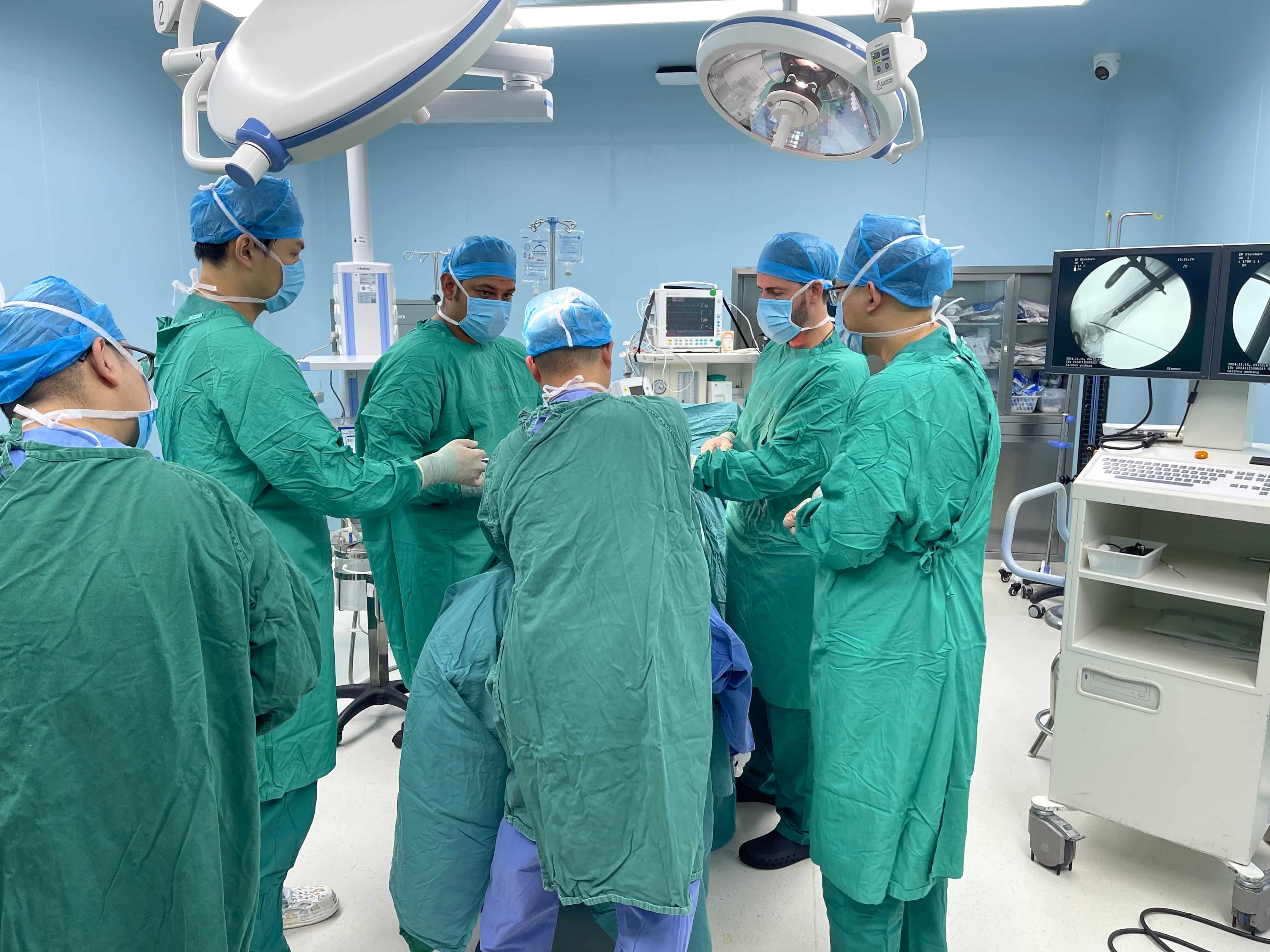Trauma locking plates revolutionize surgical procedures by providing unmatched stability during bone fixation. Their advanced technology minimizes complications and accelerates recovery. These plates utilize innovative designs and materials to enhance healing efficiency. Surgeons rely on their precision and durability to improve patient outcomes, making them a cornerstone of modern surgical advancements.
Overview of Trauma Locking Plates
Trauma locking plates are specialized medical devices designed to stabilize fractured bones during the healing process. These plates serve as a critical tool in orthopedic and reconstructive surgeries, ensuring proper alignment and fixation of bone fragments. Unlike traditional plates, trauma locking plates utilize a locking mechanism that secures screws to the plate itself, creating a rigid construct. This design minimizes the risk of screw loosening and enhances stability, even in cases of poor bone quality.
The primary purpose of trauma locking plates is to provide reliable support for bone healing while reducing the likelihood of complications. Surgeons use these plates to address complex fractures, including those in weight-bearing bones, where stability is essential. By maintaining the correct anatomical position of the bone, trauma locking plates promote natural healing and restore functionality.
Advanced Technology in Trauma Locking Plates
Locking Screw Mechanism
The locking screw mechanism represents a pivotal advancement in trauma locking plates. This technology secures screws directly to the plate, forming a fixed-angle construct. Unlike traditional systems, it eliminates the need for compression between the plate and bone. This approach reduces stress on the bone and minimizes the risk of micro-movements that could disrupt healing. Surgeons benefit from enhanced stability, especially in cases involving osteoporotic or fragile bones. The locking mechanism also simplifies the surgical process by providing a more predictable fixation, even in challenging anatomical regions.
Anatomical Plate Design
Anatomical plate design ensures a precise fit for individual bones. Manufacturers shape these plates to align with the natural contours of specific skeletal structures. This customization reduces the risk of soft tissue irritation and improves patient comfort post-surgery. The design also facilitates proper load distribution across the fracture site, promoting uniform healing. Trauma locking plates with anatomical designs allow surgeons to achieve optimal alignment without extensive intraoperative adjustments. This feature enhances surgical efficiency and contributes to better long-term outcomes.
Biocompatible Materials and Durability
Trauma locking plates utilize biocompatible materials such as titanium and stainless steel. These materials resist corrosion and maintain structural integrity over time. Titanium, in particular, offers a favorable strength-to-weight ratio, reducing the overall burden on the patient’s body. Biocompatibility ensures that the plates integrate seamlessly with surrounding tissues, minimizing the risk of adverse reactions. Durability allows these plates to withstand the mechanical demands of daily activities, ensuring reliable performance throughout the healing process.
Benefits of Trauma Locking Plates
Trauma locking plates provide superior stability during bone fixation. Their locking screw mechanism creates a fixed-angle construct, which prevents micro-movements at the fracture site. This stability is particularly beneficial for patients with osteoporotic or fragile bones, where traditional fixation methods often fail. By maintaining the alignment of bone fragments, these plates ensure that the healing process proceeds without disruption. Surgeons also benefit from the predictable fixation these plates offer, even in anatomically challenging areas. This reliability makes them an essential tool in modern surgical procedures.
The advanced design of trauma locking plates promotes faster healing by reducing stress on the bone. Unlike conventional plates, they do not rely on plate-to-bone compression, which can impede blood flow to the fracture site. Instead, the locking mechanism preserves the bone's vascular integrity, allowing for optimal healing conditions. The anatomical design of these plates further supports recovery by ensuring a precise fit, minimizing soft tissue irritation. Patients experience reduced post-operative discomfort and regain mobility more quickly, leading to shorter recovery periods and improved quality of life.
Trauma locking plates significantly lower the risk of complications associated with bone fixation. Their biocompatible materials, such as titanium, minimize the likelihood of adverse reactions or infections. The rigid construct formed by the locking mechanism prevents screw loosening, a common issue with traditional plates. This feature reduces the need for revision surgeries, saving patients from additional procedures and prolonged recovery times. By addressing these potential challenges, trauma locking plates enhance surgical success rates and improve patient outcomes.
Conclusion
Trauma locking plates have revolutionized surgical technology by delivering unmatched stability and faster recovery. Their advanced materials and innovative designs continue to redefine surgical practices. These plates enhance patient outcomes by reducing complications and improving healing efficiency. Their transformative impact ensures they remain a cornerstone of modern surgical advancements.
 EN
EN
 FR
FR
 ES
ES
 AR
AR

